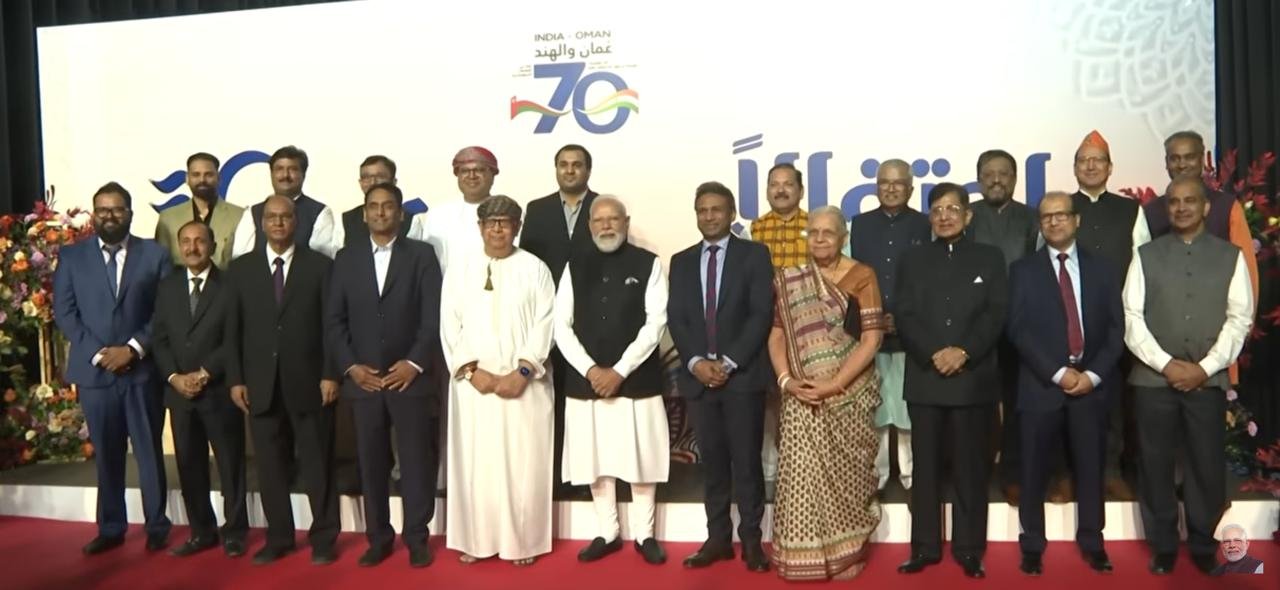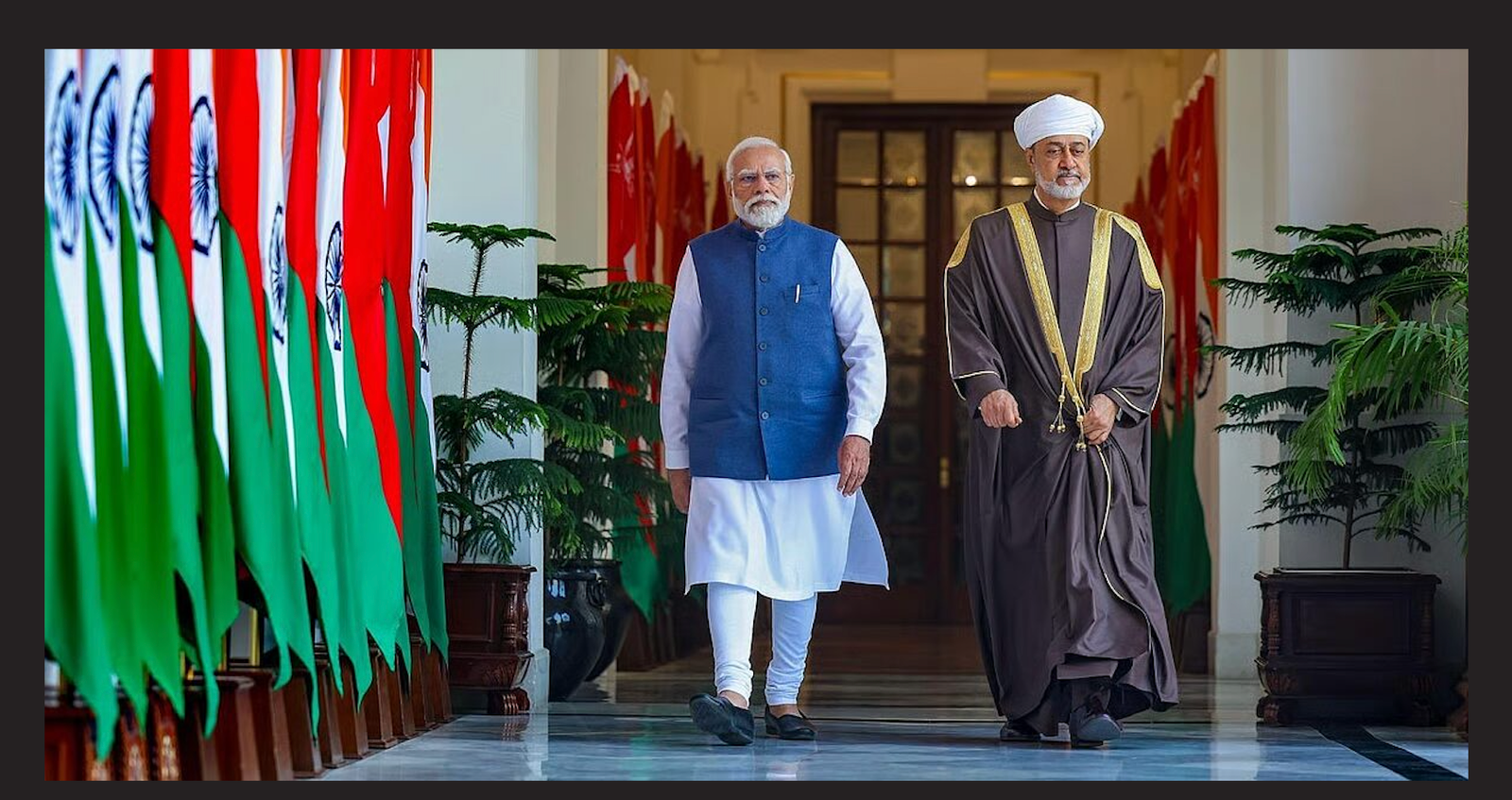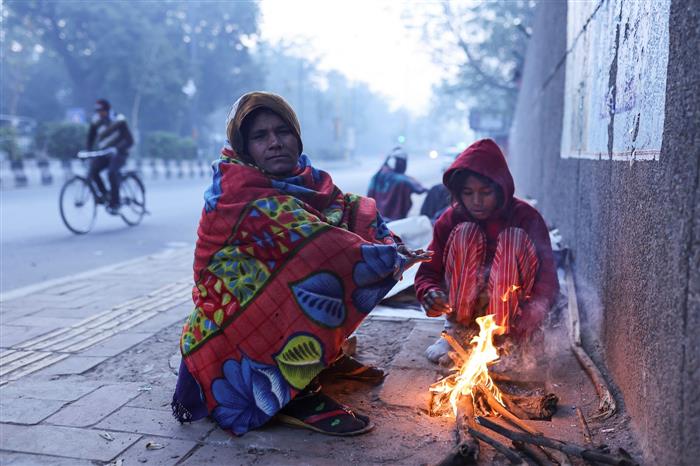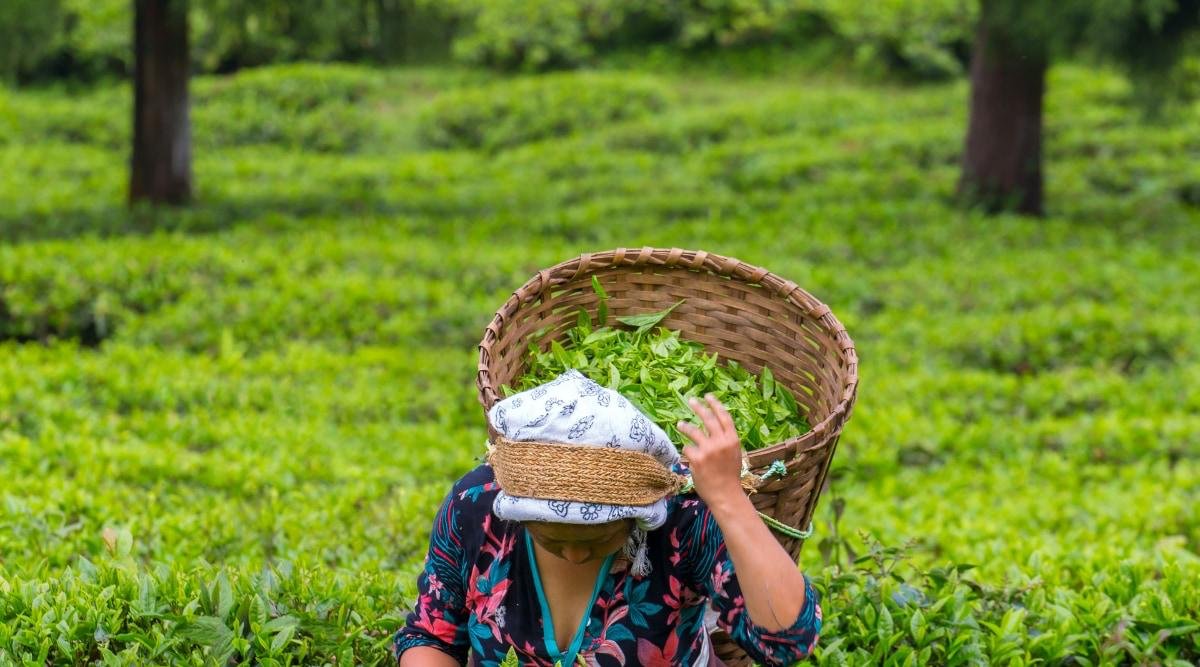India has been the top receiver of remittances — the money migrants send to their home countries — in the world since 2010. Between 2010 and 2021, remittances to India grew from $53 billion to $89 billion
India has been a huge source of international migrants for more than a century and remained the top origin country for the world’s migrants in 2020, according to the United Nations’ International Organization for Migration (IOM).
In parallel, India has been the top receiver of remittances — the money migrants send to their home countries — in the world since 2010. Between 2010 and 2021, remittances to India grew from $53 billion to $89 billion
According to Ministry of External Affairs, the Indian diaspora is estimated at 32 million spread over different countries. A World Bank report suggests contributions of the Indian diaspora to India through remittances stands at $83.3 billion .
The fascination towards diaspora can be seen by the amount of news and events that relate to Indians abroad. Today, we have Rishi Sunak as Prime Minister of UK, Kamala Harris as Vice President of USA, Sundar Pichai and Shantanu Narayan as CEOs of Google and Adobe respectively and Kiran Desai winning the Booker Prize. While India lauds the success of the diaspora, expectations and perceptions are not always complementary.
For a long time since Independence, Indians living abroad were seen as liabilities who expected from India without contributing anything in return. Among the general masses, the accusation for NRIs is that they betrayed their country, and overnight their comments on India are no longer valid. Many NRIs suddenly found themselves defending their Indianness.
In the 20th century, communication was difficult with no internet and telephones. There was no focal point, no ministry to communicate with the Indians living abroad.
Indian cinema also had a role to play in forming the perception of Indian diaspora. The films generally depict NRIs as immoral who lost all Indian values. The boy is generally a womaniser while the girl is having alcohol problems and it takes a hardcore Indian to teach them the core values. It created a derailed perception among the masses.
The fascination towards diaspora can be seen by the amount of news and events that relate to Indians abroad. Today, we have Rishi Sunak as Prime Minister of UK, Kamala Harris as Vice President of USA, Sundar Pichai and Shantanu Narayan as CEOs of Google and Adobe respectively and Kiran Desai winning the Booker Prize. While India lauds the success of the diaspora, expectations and perceptions are not always complementary
The perception started to change post oil boom in 1973 when remittances increased the foreign exchange reserves of India. Further, after the 1991 economic reforms, the Indian government tried to rope in NRIs to attract foreign direct investment. In 2000, the Government formed the Ministry of Overseas Indian Affairs. In the same year, a committee under LM Singhvi (published reports -2002) was set up to analyse the potential development of the NRIs. Following the report, on 9th January – the day Gandhi returned to India from South Africa was celebrated as Pravasi Bhartiya Divas to recognise the contribution of PIOs and NRIs. In conjunction with the Singhvi report, in 2003, the first major Indian Diaspora conference was held (held in 2005 and 2006 later).
With the change of attitude in the government and technology and communication revolution, film industry also changed for the better as later on many films focused on the identification, discrimination and community problems that were faced by the Indians. The internet helped to exchange and share information cheaply which pertains to investment, database and philanthropic projects. The concept of “Brain Drain” made way for “Brain Gain” and “Brain Circulation” effects.
It has been recognised that an active diaspora has a significant political and economic impact on the home country. The 5Ts – Trade, Transport, Telecom, Transfer, Tourism are the focal point of the diaspora. The diaspora perception has gone through a lot – as Championed (19th century), as Brain Drain (1960s-1970s), as Cultural Ambassadors (1980s) and now as Members of India.
****************************************************************
Readers
These are extraordinary times. All of us have to rely on high-impact, trustworthy journalism. And this is especially true of the Indian Diaspora. Members of the Indian community overseas cannot be fed with inaccurate news.
Pravasi Samwad is a venture that has no shareholders. It is the result of an impassioned initiative of a handful of Indian journalists spread around the world. We have taken the small step forward with the pledge to provide news with accuracy, free from political and commercial influence. Our aim is to keep you, our readers, informed about developments at ‘home’ and across the world that affect you.
Please help us to keep our journalism independent and free.
In these difficult times, to run a news website requires finances. While every contribution, big or small, will makes a difference, we request our readers to put us in touch with advertisers worldwide. It will be a great help.
For more information: pravasisamwad00@gmail.com







